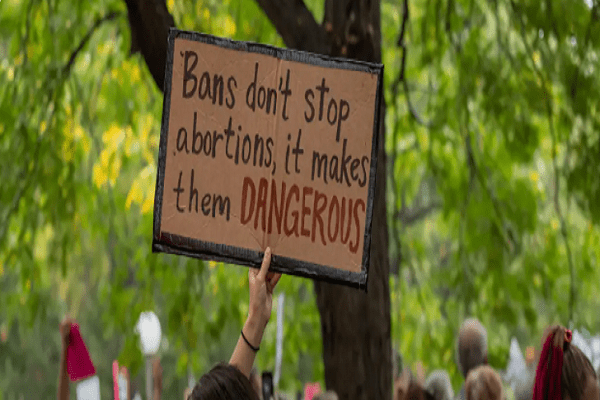how depression triggers various traumatic events – Ten years ago, on March 6, 2013, Brazil woke up with the impact of the death of musician and former leader of the band Charlie Brown Jr., Alexandre Magno Abrão, known as Chorão. The singer’s death moved the country at the time and raised the debate for a topic that, until then, was little talked about by most Brazilians: depression.
how depression triggers various traumatic events
The phenomenon still remains as a recent cause of the removal of great professionals from the stage, among them renowned names such as Anitta, Demi Lovato and Adele. Furthermore, it has raised debates about its dangerous association with excessive consumption of chemical substances as a certain form of escapism.
Alcohol, marijuana, cocaine, crack and heroin are some of the substances used, but they cause damage to different parts of the body, including the brain. Its consumption, commonly associated with recreation, mixes the risks of potentiating disorders and chemical dependence. Therefore, anyone can have a psychotic break, due to drug use, and the worsening of mental illnesses.
This is what can be observed in the cases of Chorão and personalities like Amy Winehouse, for example, in which the use of cocaine at high levels contributed to “dope” the brain, causing it to have effects contrary to what was really desired, leading to a fatal consequence.
Other factors are linked to the individual’s mental or psychological conditions, combined with abuse or
substance withdrawal, as they can alter the central nervous system and its performance, making users suffer physically and mentally. In this way, it entails a change in perception and greater difficulty in identifying what is or is not real.
to the psychologist Andrea Chaves, cases such as those found in artists reveal that such psychoactive substances have devastating power on the emotions and thoughts of the individual, generating a certain mental confusion. “The person ends up using cocaine, considered a stimulant drug, to get out of the effects of depression, which gives signs such as low mood, hopelessness, helplessness, sadness and melancholy. However, while the substance generates a peak in stimulation, it subsequently causes a drop in euphoria and, in sequence, exhaustion”, explains Andrea. which highlights the use of these stimulants as the cause that leads to the increase in effects.
The psychologist also points out that the continuous use of stimulating substances also leads to an increase in depressive symptoms. Hormones such as dopamine and noradrenaline are two other sources that bring an immediate sense of relief. However, they are more examples of temporary effects, which cease and make the individual return to the initial stage, always wanting that first sensation again.
Humanization processes
Chaves explains that, within Psychology, there is no exact technique for treating addicts. However, the literature has already been investing in specific cases, such as the use of cognitive-behavioral therapy, as it is directive and works with clear goals. In addition, therapy encompasses the treatment of multiple dysfunctional behaviors, including substance abuse. “The goal is always to work with a harm reduction policy plan and map out the dysfunctionalities of drug use”, points out Andrea.
Government and third sector initiatives
It is with the objective of eliminating the use of psychoactive substances in countries like Brazil, where the rate of people suffering from chemical dependency is high, that Primary Health Care (PHC) programs become the gateway to the care of the individual. Such programs play a key role in addressing substance use disorders (SUD). The population’s level of knowledge, the territory and the social determinants that interfere with behavioral changes are other contributing factors when it comes to treating each person.
The Psychosocial Care Network (RAPS) also guides the patient in the paths that must be followed until definitive treatment, which may require referral to specialized care. “These programs come with the idea of focusing on the patient, in addition to mapping their behaviors, making a therapeutic plan according to their needs and the support network that each one has”, points out Andrea when mentioning the benefits of such programs.
Featured Photo: Playback
Follow AFRILATEST on Google News and receive alerts for the main news about celebrities, soap operas, series, entertainment and more!
SHARE POST AND EARN REWARDS:
Join our Audience reward campaign and make money reading articles, shares, likes and comment >> Join reward Program
FIRST TIME REACTIONS:
Be the first to leave us a comment, down the comment section. click allow to follow this topic and get firsthand daily updates.
JOIN US ON OUR SOCIAL MEDIA: << FACEBOOK >> | << WHATSAPP >> | << TELEGRAM >> | << TWITTER >




